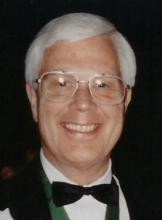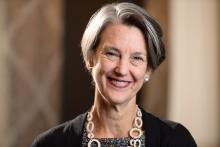New data
“The rate of any contact with a [PCP] for patients in the population over multiple 2-year periods decreased by 2.5% over the study period (adjusted odds ratio, 0.99 per panel; 95% [confidence interval], 0.98-0.99; P < .001),” wrote Dr. Johansen and Dr. Niforatos. The rate of contact for patients aged 18-39 years (aOR, 0.99 per panel; 95% CI, 0.98-0.99; P < .001) and patients aged 40-64 years (aOR, 0.99 per panel; 95% CI, 0.99-1.00; P = .002), specifically, also fell. These decreased contact rates correspond “to a predicted cumulative 5% absolute decrease for the younger group and a 2% absolute decrease for the older group,” the authors added.
“The number of contacts with a [PCP] decreased among individuals with any contact by 0.5 contacts over 2 years (P < .001). A decrease in the number of [PCP] contacts was observed across all age groups (P < .001 for all), with the largest absolute decrease among individuals with higher contact rates (aged less than 4 years and aged greater than 64 years),” according to the paper.
Outlook for PCPs
Physicians questioned about how concerning these data are for the future of PCPs and their ability to keep their practices running were hesitant to speculate, because of uncertainty about the causes of the study findings.
“A quote from the paper indicates that the respondents were interviewed five times over 2 years; however, without a copy of the questionnaire it is impossible to know what they were asked and not asked,” said Dr. Betton, who also serves on the editorial advisory board of Family Practice News and runs his own private practice. “In addition, it is impossible for the reader to know whether they understood what a primary care physician was to do.
“To draw a conclusion that PCP visits are falling off per patient per provider is only helpful if patients are opting out of the primary care model of practice and opting in for point-of-care [urgent] care,” Dr. Betton added.
Internist Alan Nelson, MD, said he was also undecided about whether the findings of the study are good or bad news for the physician specialty of primary care.
“Similar findings have been reported by the Medicare Payment Advisory Commission. They certainly merit further investigation,” noted Dr. Nelson, who is a member of the editorial advisory board of Internal Medicine News. “Is it because primary care physicians are too busy to see additional patients? Is it because nonphysician practitioners seem to be more caring? Should residency training be modified, and if so, how? In the meantime, I would not be surprised if the trend continues, at least in the short term.”
Ann Greiner, president and CEO of the Primary Care Collaborative, a nonprofit organization that advocates to strengthen primary care and make it more responsive to patient needs and preferences, on the other hand, reacted with a concerned outlook for primary care.
This study and others show that “the U.S. health care system is moving away from a primary care orientation, and that is concerning,” Ms. Greiner said in an interview. “Health systems that are more oriented toward primary care have better population health outcomes, do better on measures of equity across different population groups, and are less costly.”



